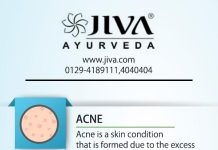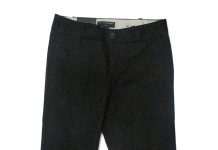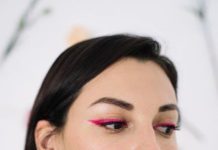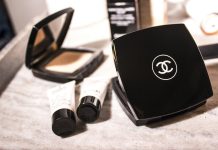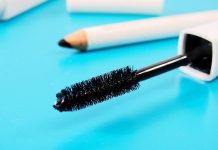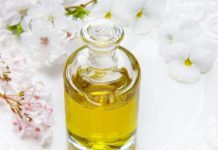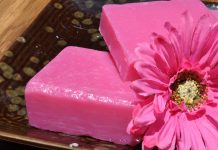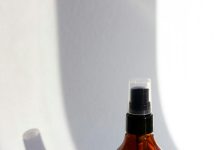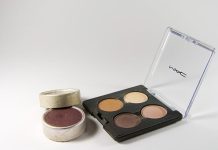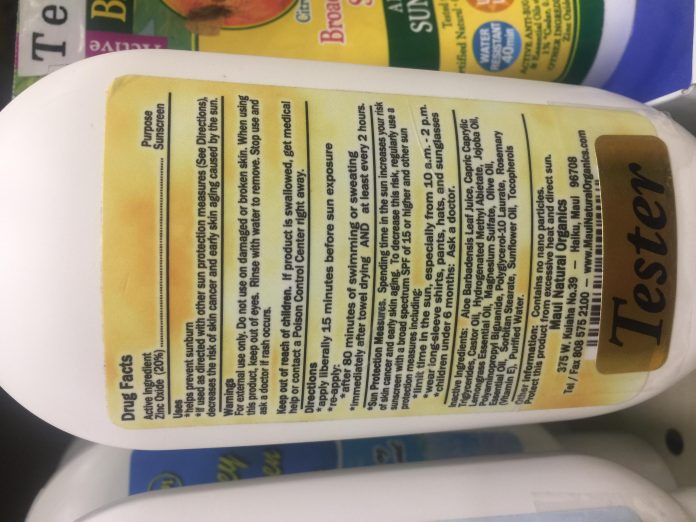In the ever-evolving world of skincare, where trends come and go like fleeting whispers, one truth remains steadfast: sunscreen is the unsung hero of any regimen. As we bask in the glow of the sun’s warm embrace, it’s easy to forget the silent, relentless damage its rays can inflict. This guide delves into the pivotal role sunscreen plays in preserving our skin’s health and beauty. From understanding its protective magic to selecting the right formula for your needs, join us on a journey to discover why sunscreen is, undeniably, the cornerstone of effective skincare.
Understanding SPF: Decoding the Numbers and Their Importance

When navigating the sunscreen aisle, the term SPF can feel like a cryptic code. SPF, or Sun Protection Factor, is a measure of how well a sunscreen will protect skin from UVB rays, the kind that cause sunburn and contribute to skin cancer. But what do those numbers really mean?
- SPF 15 blocks about 93% of UVB rays.
- SPF 30 blocks 97% of UVB rays.
- SPF 50 blocks 98% of UVB rays.
The difference might seem minimal, but for those with sensitive skin or a history of skin issues, every percentage counts. It’s crucial to understand that no sunscreen can block 100% of UVB rays, and higher SPF values provide only slightly better protection. Regular reapplication and using the right amount are just as important as the SPF number itself.
Broad Spectrum Protection: Shielding Against UVA and UVB Rays
When it comes to safeguarding your skin, understanding the nuances of sun protection is crucial. Sunscreens labeled as “broad spectrum” are designed to defend against both UVA and UVB rays, each of which has its own set of risks. While UVA rays penetrate deeper into the skin, leading to premature aging and wrinkles, UVB rays are primarily responsible for sunburn and can directly damage DNA. By choosing a broad spectrum product, you ensure comprehensive protection against these harmful effects.
- UVA Protection: Shields against aging and long-term skin damage.
- UVB Protection: Guards against sunburn and direct DNA damage.
Incorporating broad spectrum sunscreen into your daily routine is essential for maintaining healthy skin. Whether you’re spending the day outdoors or just running errands, applying a generous layer can make all the difference. Remember, true skincare isn’t just about beauty—it’s about resilience and protection.
Chemical vs. Mineral Sunscreens: Choosing the Right Formula for You

When it comes to selecting a sunscreen, understanding the difference between chemical and mineral formulations can help you make an informed choice tailored to your skin’s needs. Chemical sunscreens work by absorbing UV rays and transforming them into heat, which is then released from the skin. They often contain ingredients like avobenzone, octisalate, and oxybenzone. These formulations are typically lightweight and less visible on the skin, making them a popular choice for daily wear.
On the other hand, mineral sunscreens, also known as physical sunscreens, create a barrier on the skin’s surface that reflects UV rays. Common ingredients include zinc oxide and titanium dioxide. They are often recommended for sensitive skin types due to their gentle nature. However, they may leave a slight white cast, particularly on darker skin tones. Consider the following when choosing your sunscreen:
- Skin Type: Sensitive or acne-prone skin may benefit from mineral sunscreens.
- Activity Level: For sports or swimming, opt for water-resistant formulas.
- Personal Preference: Choose based on texture and finish, whether matte or dewy.
Ultimately, the best sunscreen is the one you will use consistently, providing effective protection without compromising comfort.
Application Techniques: Maximizing Efficacy and Coverage

To ensure your sunscreen is both effective and provides optimal coverage, it’s crucial to master a few key application techniques. Start by applying a generous amount—most people use too little. As a rule of thumb, use about a shot glass full (approximately 1 ounce) for your entire body and a nickel-sized dollop for your face. Spread it evenly across your skin, making sure to cover all exposed areas including often-missed spots like the ears, back of the neck, and tops of your feet.
For a more thorough application, consider these tips:
- Layering: Apply sunscreen at least 15 minutes before sun exposure to allow it to fully absorb into your skin.
- Reapplication: Reapply every two hours, or immediately after swimming or excessive sweating.
- Combination: Use a combination of sunscreen types—such as a spray for large areas and a stick for easy touch-ups on the go.
- Complement: Don’t forget to complement your sunscreen with other sun-protection measures like wearing hats, sunglasses, and protective clothing.





